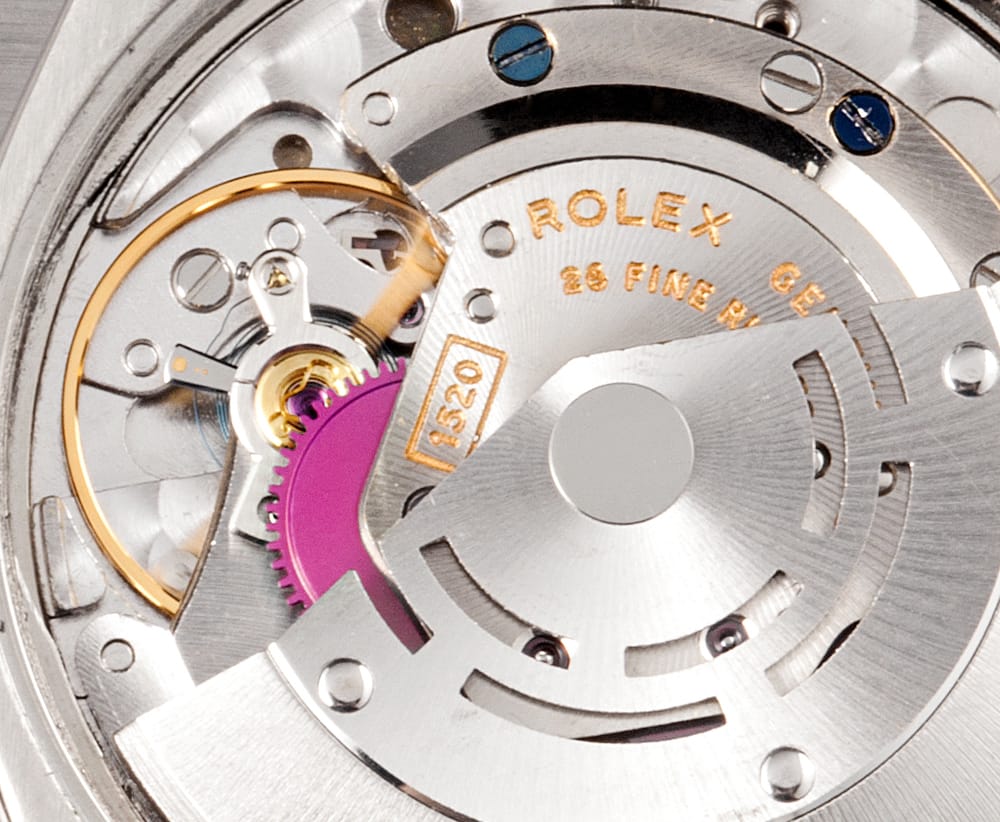
Oyster Perpetual Calibre Movement
Much like an exotic car, a mechanical watch is not only admired for its body, but for the engine that drives it.
A look under the hood of a Rolex Oyster watch will give you a glimpse
at the Oyster Perpetual Movement – a self-winding caliber entirely
designed and manufactured by the watchmaking masters at Rolex .
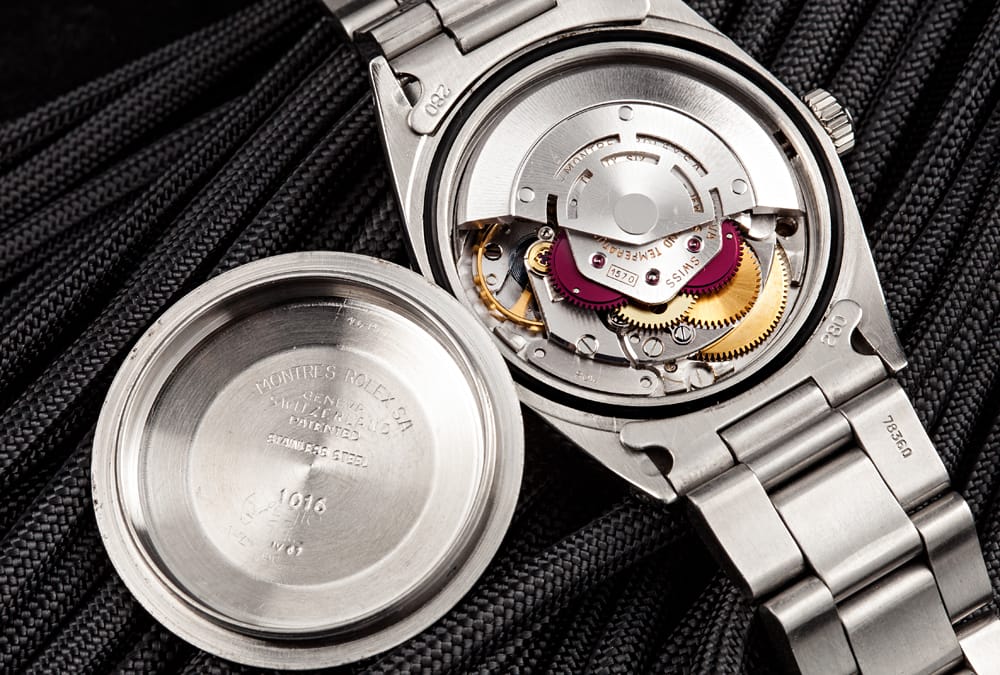
Movement Rolex Oyster Perpetual
Certified as a chronometer by COSC (the institute charged with testing
Swiss-made watches for accuracy and precision), the Oyster Perpetual
Movement is further scrutinized at Rolex's own laboratories where the
movement is tested for optimal precision, waterproofness, self-winding
capabilities, and power-reserve, all while housed in an Oyster case to
mimic real world scenarios. The rigorous internal and external testing grants this caliber its mark of “Superative Chronometer.”
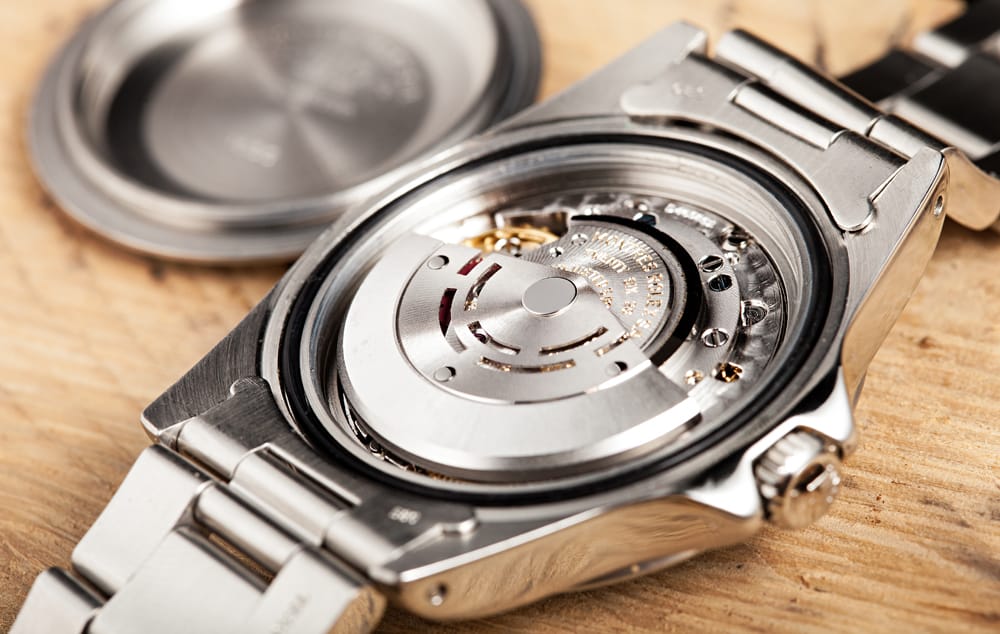
Rolex Movement
The “perpetual” in an Oyster Perpetual Movement refers to the ability
of the watch to run on the energy provided by the motion of the wearer's
wrist rather than manual winding. Invented by Rolex in 1931, the perpetual rotor drives this ability. The activity of the wrist causes the rotor to rotate back and forth, thus winding the mainspring that powers the watch. Today's automatic watches only exist because of this ingenious Rolex invention.
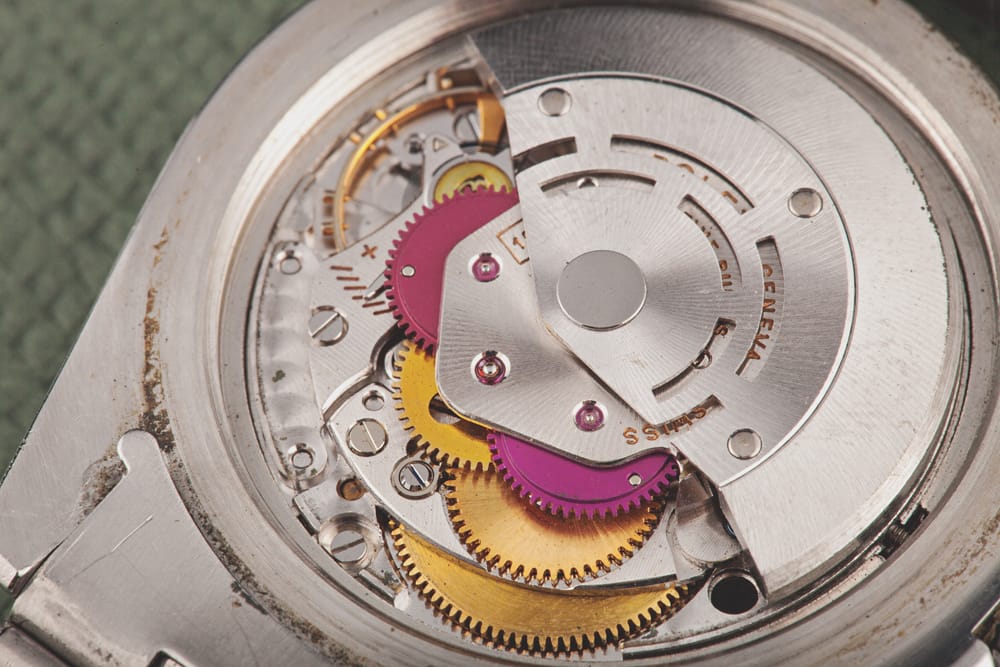
Rolex Perpetual Movement
A watch's precision, on the other hand, is dependent on the consistency
of its movement's oscillator, which is comprised of a hairspring and a
balance wheel.
The more steady the swings of the oscillator the more precisely a watch
tells time, so manufactures always strive for new ways to enhance the
components of this mechanism.
As a result of five years of R&D, in 2005 Rolex created a superior
version of a traditional hairspring – the patented Blue Parachrom, a
hairspring impervious to magnetic fields and up to ten times more
resistant to shocks.
Also in 2005, Rolex introduced the patented Paraflex system, a tiny yet
robust shock absorber that improves the shock resistance of a Rolex by
up to 50%, enhancing the watch's protection from everyday knocks.
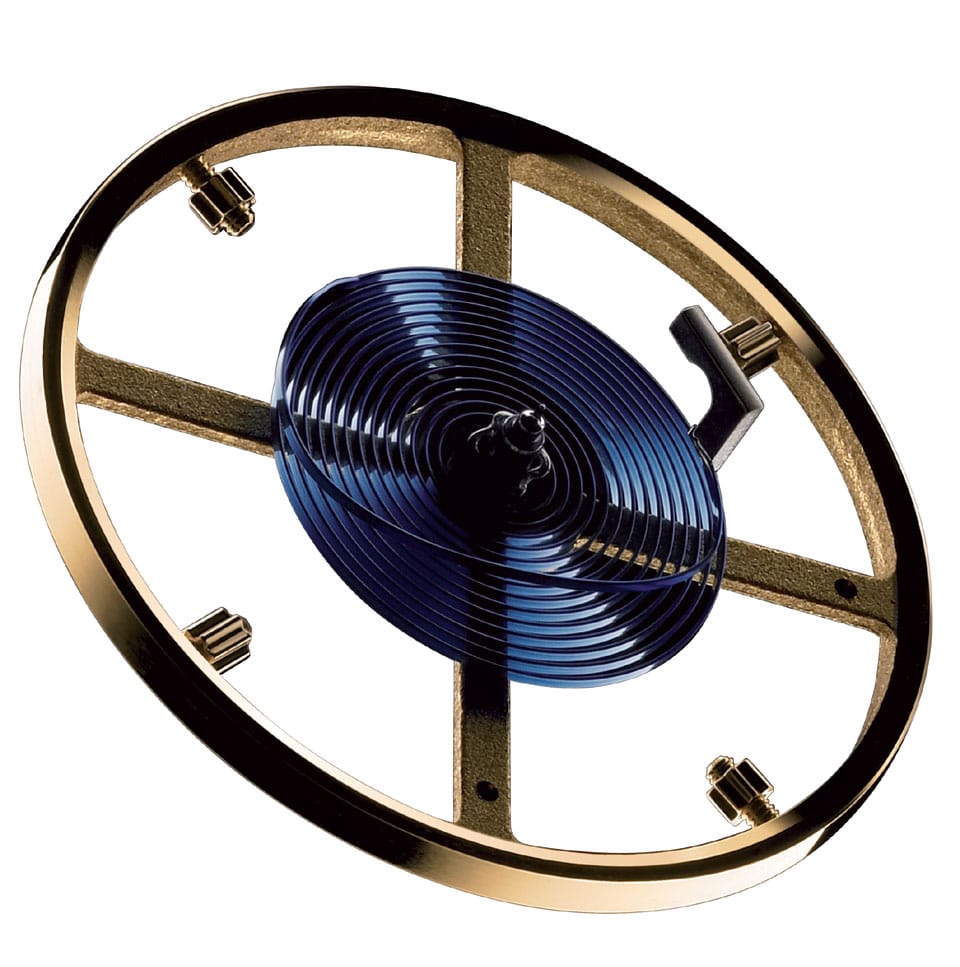
Parachrom Hairspring
This year, a number Rolex Watches
were inaugurated with the new-generation Oyster Perpetual Movement –
the Caliber 3255. With improvements on over 90% of its components, the
movement has resulted in optimized precision and an increased power
reserve.
Featured in the new caliber is the Rolex patented Chronergy escapement,
an advanced version of the traditional Swiss lever escapement found in
mechanical watches.
Modifications to the escapement's design structure provides a 15%
increase in efficiency making way for more power reserve, plus its
construction from nickel-phosphorus makes it resistant to magnetic
interference. Debuted in the new Day-Date 40, the Caliber 3255 will unquestionably equip other Rolex models in the near future.

Inside Look Rolex Perpetual Movement
The illustrious history of the Oyster Perpetual Movement is an
inspiration for Rolex's watchmakers to continuously push the boundaries
of timekeeping excellence.
The spirit of innovation is perpetually beating at the heart of Rolex
and we look forward to many more technological breakthroughs from this
legendary company.











